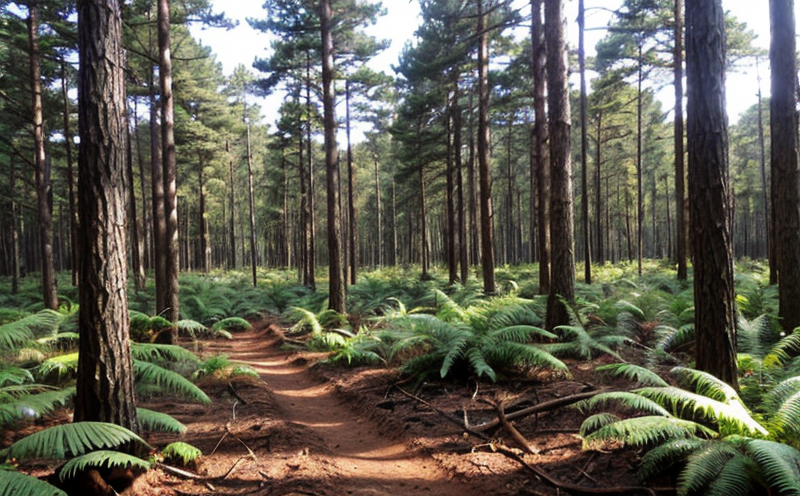Forest Ecosystem Biodiversity Survey
The Forest Ecosystem Biodiversity Survey is a comprehensive service designed to assess and monitor the health, diversity, and composition of forest ecosystems. This service plays a critical role in understanding how various environmental factors influence biodiversity within forests. By providing detailed insights into species richness, population dynamics, and ecological interactions, it supports sustainable management practices that ensure long-term ecosystem resilience.
Our approach combines advanced sampling techniques with modern analytical tools to capture a holistic view of forest ecosystems. We employ state-of-the-art field equipment such as remote sensing devices, drone technology, and automated data loggers to gather precise measurements across extensive areas. This allows us to detect subtle changes in vegetation cover, soil conditions, and water availability that may indicate broader trends affecting biodiversity.
The service is particularly valuable for organizations engaged in conservation efforts or those looking to implement sustainable forestry practices. It helps identify key areas requiring protection or intervention by pinpointing regions where specific species are declining or thriving excessively. Additionally, it enables stakeholders to evaluate the effectiveness of past management actions and plan future strategies more effectively.
From a technical standpoint, our surveys typically involve multiple stages: initial site assessment, targeted sampling, data analysis, and final reporting. During site assessments, we consider factors like topography, soil type, climate conditions, and existing land use patterns to determine appropriate sampling locations. Targeted sampling then focuses on collecting samples from various habitats within the forest, ensuring representation of all major biotic components.
Data collected during these stages is analyzed using statistical methods tailored to detect patterns indicative of biodiversity changes over time or spatial distribution differences among species groups. Results are synthesized into detailed reports providing actionable insights for decision-makers responsible for managing forests sustainably.
Customer Impact and Satisfaction
Our Forest Ecosystem Biodiversity Survey has been instrumental in enhancing the decision-making capabilities of numerous clients across various sectors. Organizations ranging from government agencies overseeing national parks to private companies managing commercial timber lands have benefited significantly from this service.
For instance, a leading environmental NGO utilized our services to establish baseline data for monitoring reforestation projects aimed at restoring degraded lands. The resulting reports informed their strategic planning efforts, helping them prioritize interventions based on scientific evidence rather than speculation.
A major timber company applied the findings from these surveys to optimize harvest schedules while minimizing impacts on sensitive habitats. Their commitment to sustainability was recognized through increased market demand for responsibly sourced products, leading to higher profits and improved brand reputation.
Competitive Advantage and Market Impact
- Pioneering use of cutting-edge technology like hyperspectral imaging and LiDAR scanning
- Integration of big data analytics to process vast amounts of ecological information efficiently
- Differentiated reporting formats catering specifically to diverse client needs, including policymakers, researchers, and industry professionals
Use Cases and Application Examples
| Use Case | Description |
|---|---|
| Ecosystem Restoration Projects | Assisting in the planning and evaluation of restoration initiatives by identifying suitable locations for reintroduction of native species. |
| Sustainable Forestry Management | Providing data to guide harvesting practices that maintain or enhance biodiversity within managed forests. |
| Climate Change Research | Contributing to studies on how climate variability affects forest ecosystems and associated biodiversity patterns. |





